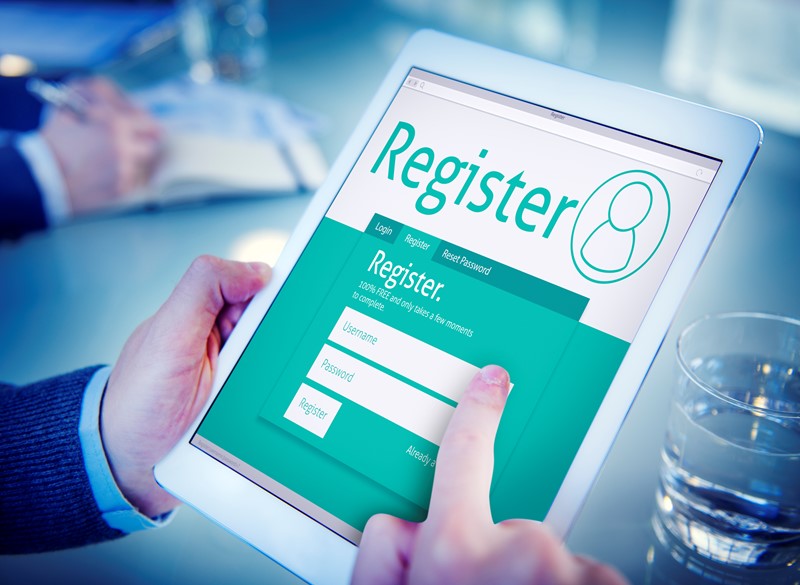The taxable turnover threshold, which determines whether businesses should be registered for VAT, is currently £85,000. The taxable turnover threshold that determines whether businesses can apply for deregistration is £83,000.
Businesses are required to register for VAT if they meet either of the following two conditions:
- At the end of any month, the value of the taxable supplies made in the past 12 months or less has exceeded £85,000; or
- At any time, there are reasonable grounds for believing that the value of taxable supplies to be made in the next 30 days alone will exceed £85,000.
The registration threshold for relevant acquisitions from other EU Member States into Northern Ireland is also £85,000.
Businesses with no physical presence in the UK may also have a liability to be VAT registered in the UK if they supply any goods or services to the UK (or expect to in the next 30 days).












